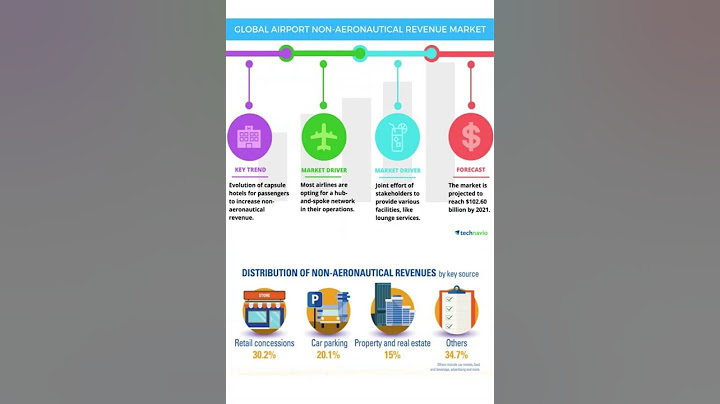Reported earnings don’t tell the whole story of a company’s profits. They are based on accounting rules designed for debt investors, not equity investors, and are manipulated by companies to manage earnings. Only economic earnings provide a complete and unadulterated measure of profitability. Show Converting GAAP data into economic earnings should be part of every investor’s diligence process. Performing detailed analysis of footnotes and the MD&A is part of fulfilling fiduciary responsibilities. We’ve performed unrivaled due diligence on 5,500 10-Ks every year for the past decade. Non-operating expenses are unusual charges that don’t appear on the income statement because they are bundled in other line items. Without careful footnotes research, investors would never know that these non-recurring expenses distort GAAP numbers by lowering operating earnings. Examples of hidden non-operating expenses include: restructuring or severance costs, litigation costs and certain pension costs/income. Another hidden non-operating item is asset write-downs to which we dedicate a separate report. Our models remove this distortion to reveal a company’s recurring, core, net operating profit after tax: NOPAT. Verizon Communications’ (VZ) $7.6 billion pension adjustment in 2012 is a prime example of the distorting effect that hidden non-operating expenses have on a firm’s GAAP earnings. That non-recurring charge, along with other hidden expenses caused VZ’s GAAP earnings to decline to $875 million while its NOPAT was $20.4 billion. Figure 1 shows the five companies with the largest (gross value and as a % of revenue) non-operating expenses adjusted out of NOPAT for 2012. Figure 1: Biggest Offenders for Non-Operating Expenses Hidden in Operating Earnings in 2012  Sources: New Constructs, LLC and company filings The ten companies in Figure 1 are not the only offenders. In the last fiscal year, New Constructs found 9,188 non-operating expenses hidden in operating earnings for 2,032 different companies. Our database contains over 34,000 non-operating expenses that we remove from reported operating earnings for a total adjustment value of over $453 billion. Though the removal of non-operating expenses can increase NOPAT, it does not always mean the company’s stock will earn a favorable rating. For instance, all five of the companies in Figure 1 with the highest levels of adjustments as a percentage of revenue get a 2-star, or Unattractive rating. Despite our removal of large amounts of expenses, all five of those companies still had a negative NOPAT in 2012. In other cases, however, non-operating expenses can artificially depress reported earnings and make a stock look overvalued. Case in point: United Parcel Service (UPS) from Figure 1 had a total of $5.3 billion (or 97% of its economic earnings) in non-operating expenses in 2012 due to certain unusual pension costs. Removing these unusual charges raised UPS’s NOPAT to $7.5 billion versus its unusually low GAAP net income of $807 million in 2012. Based on GAAP earnings alone, UPS looks overvalued. The economics of the business tell a different story. The stock currently trades at a price to economic book value ratio of 0.8. That ratio means the market expects UPS’ NOPAT to permanently decline by 20%. Those are low expectations for a business that has grown NOPAT at 10% compounded annually over the past 12 years. Without careful analysis of footnotes and the MD&A, investors do not get the complete picture of UPS. Diligence pays. Sam McBride and André Rouillard contributed to this report. Disclosure: David Trainer owns VZ. David Trainer, Sam McBride and André Rouillard receive no compensation to write about any specific stock, sector, or theme. Any functioning business needs to keep careful tabs on its expenses. Tracking, documenting, and ultimately reporting how the company spent money in a given year is central to understanding its long-term viability and financial wellbeing.  Some expenses are relatively consistent — the ones that go into funding the organization's ongoing, day-to-day operations. But businesses can't stop there. They still have to account for one-off, often unexpected costs that pop up from time to time.  Those are most commonly referred to as non-operating expenses. Here, we'll explore that concept a bit further, differentiate those costs from operating expenses, see where they fall on most income statements, and review some examples of what they might look like. The term 'non-operating expense' encompasses any cost a company incurs that isn't directly related to its core business operations. Non-operating expenses are typically accounted for on the bottom of a business's income statement. Non-operating expenses are often conflated with operating expenses, but for the sake of sound financial reporting and accounting purposes, it's important to distinguish one from the other. Operating vs Non-Operating ExpensesOperating expenses represent costs that businesses need to incur to carry out their day-to-day operations. That can include expenses related to staff salaries, office space rent, or marketing efforts. A company's operating expenses are much more indicative of the health and performance of that business. They can be used to help frame how recurring investments are playing into the organization's financial wellbeing. Non-operating expenses tend to be more "one-off" and isolated. Generally speaking, a business doesn't consistently incur the same non-operating expenses on an ongoing basis. That's why separating the two types of expenses in financial reporting is so important. Non-operating expenses are typically listed below operating expenses on an income statement — as combining the two might undermine or distort how a company is actually performing. Here's a look at what that might look like:  Here's another example of how non-operating expenses might show up on an income statement.  Now that we've seen how operating expenses arise and where to look for them on an income statement, let's take a look at some examples. Non-Operating Expenses Examples
1. Legal Fees and SettlementsAny legal fees or settlements from litigation your company deals with constitute non-operating expenses. 2. Interest Payments on Corporate DebtIf your business opts to take on loans to help spur growth, any interest payments you make qualify as non-operating expenses. 3. Selling Company Real Estate at a LossIf your company sells property it owns for less than it was initially purchased for, the difference is considered a non-operating expense. 4. Losses from InvestmentsYour business might invest in companies, commodities, or other opportunities — if those ventures don't pan out, you record those losses as non-operating expenses. 5. Losses Due to Natural DisastersSometimes, your business incurs costs stemming from one-off instances like natural disasters. Those losses are recorded as non-operating expenses. 6. Restructuring CostsIf leadership at your company restructures how the organization operates, the costs associated with those changes are considered non-operating expenses. 7. Losses on Sale of EquipmentIf you sell equipment you use for production at a loss, that difference is recorded as a non-operating expense. Planning for non-operating expenses is often tricky — if not impossible. You can rarely anticipate spontaneous losses that could come from factors like natural disasters or legal troubles. Still, businesses need to account for these kinds of expenses as they come. Though they don't necessarily reflect a company's health or long-term viability, they still need to be covered in financial reporting and planned around as they emerge. |

การโฆษณา
ข่าวล่าสุด
2024 ทำไม register garmin แล วระบบแจ งว าไม พบ serial number
5 เดือนs ที่ผ่านมา . โดย OperativeFraudผู้มีส่วนร่วม
การโฆษณา
ผู้มีอำนาจ
การโฆษณา
ถูกกฎหมาย
ช่วย

ลิขสิทธิ์ © 2024 th.ketajaman Inc.






















